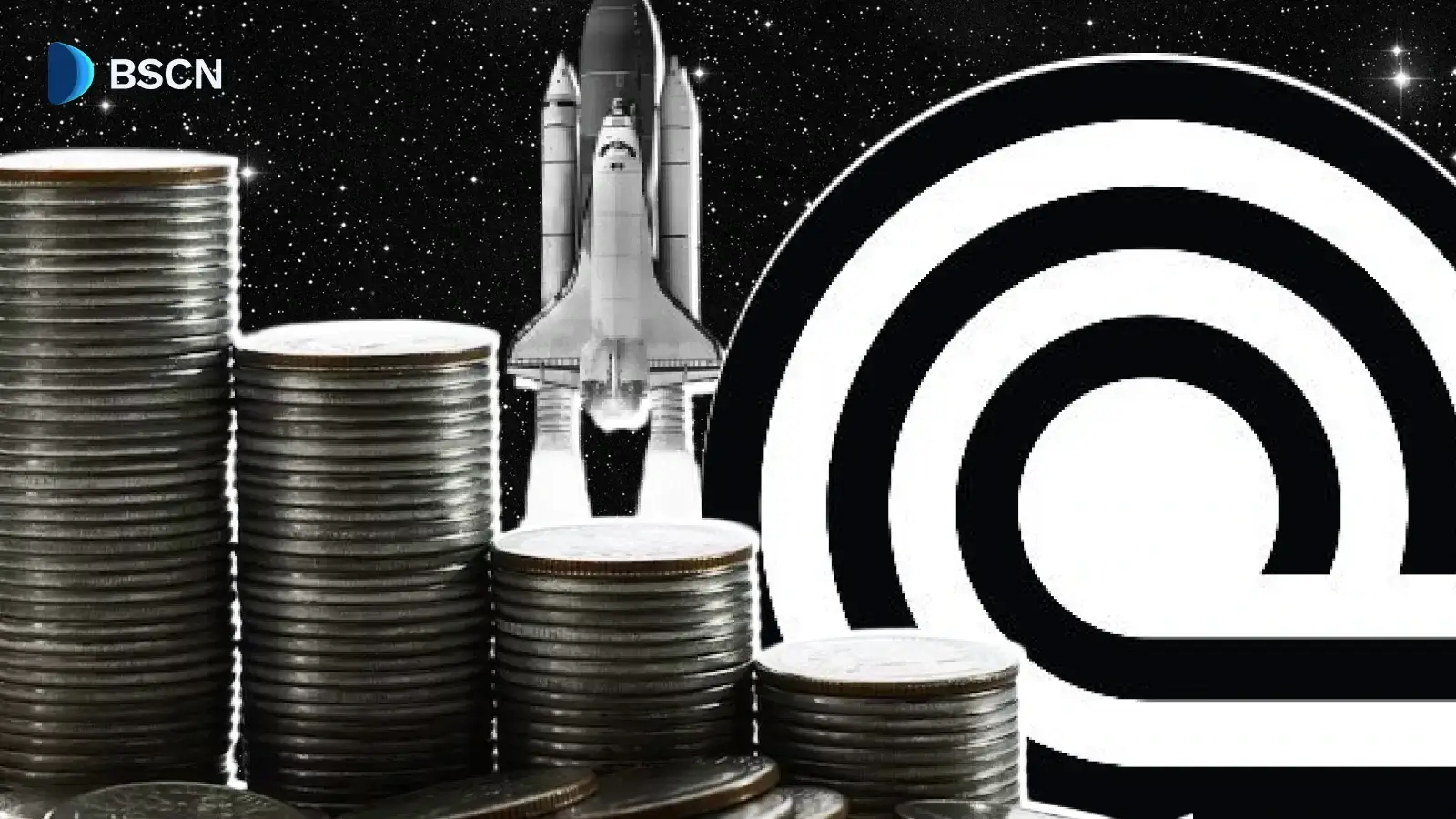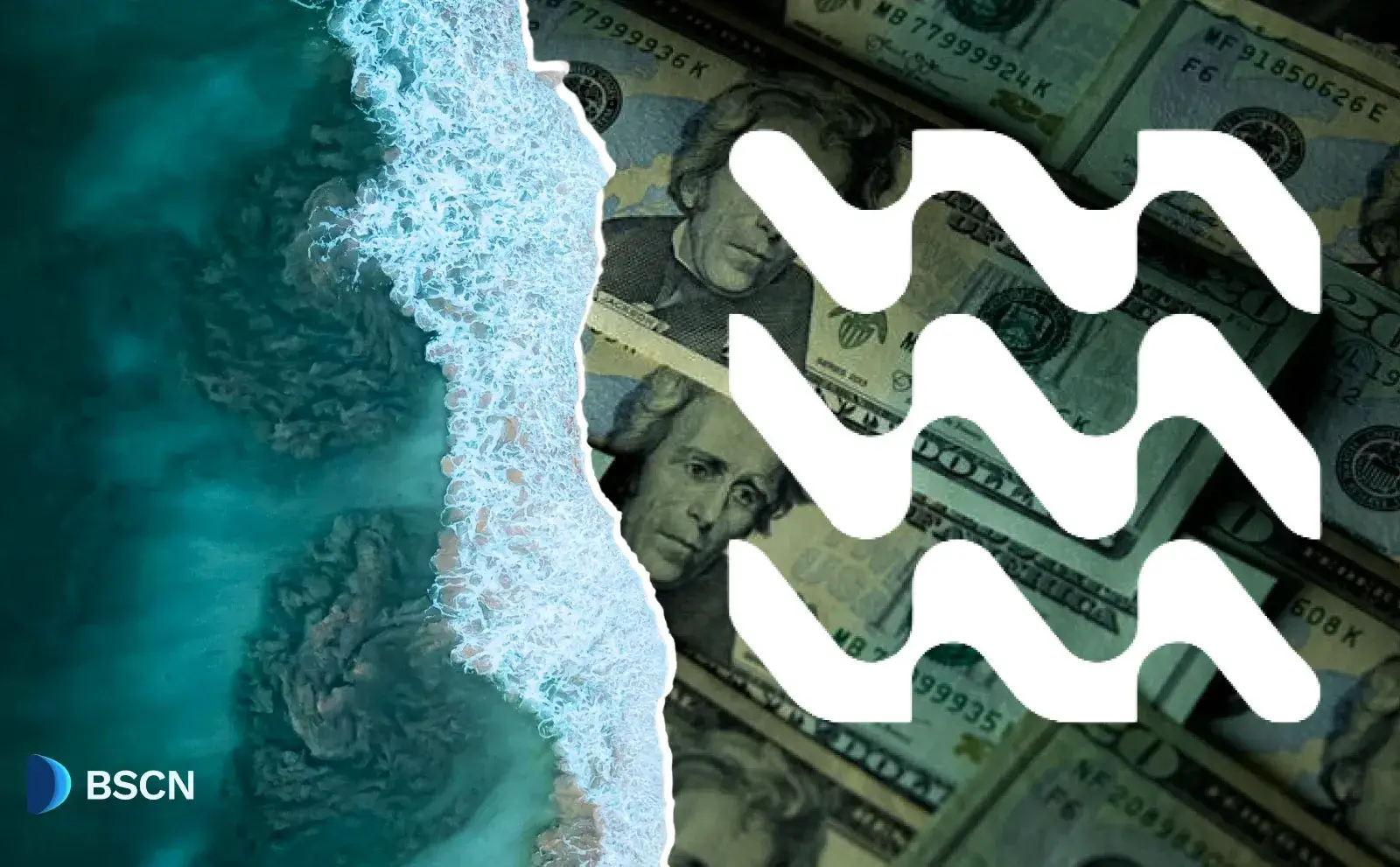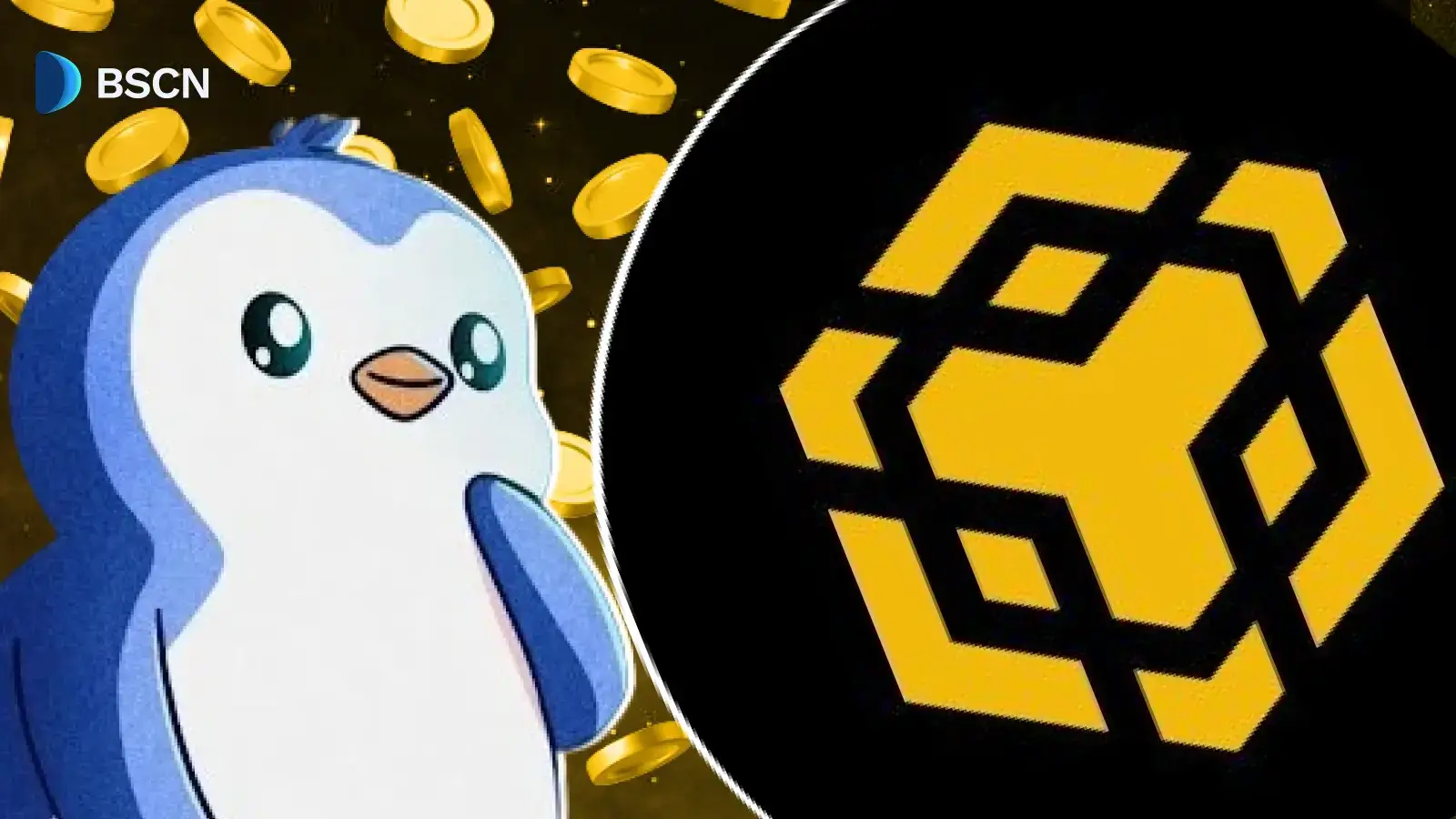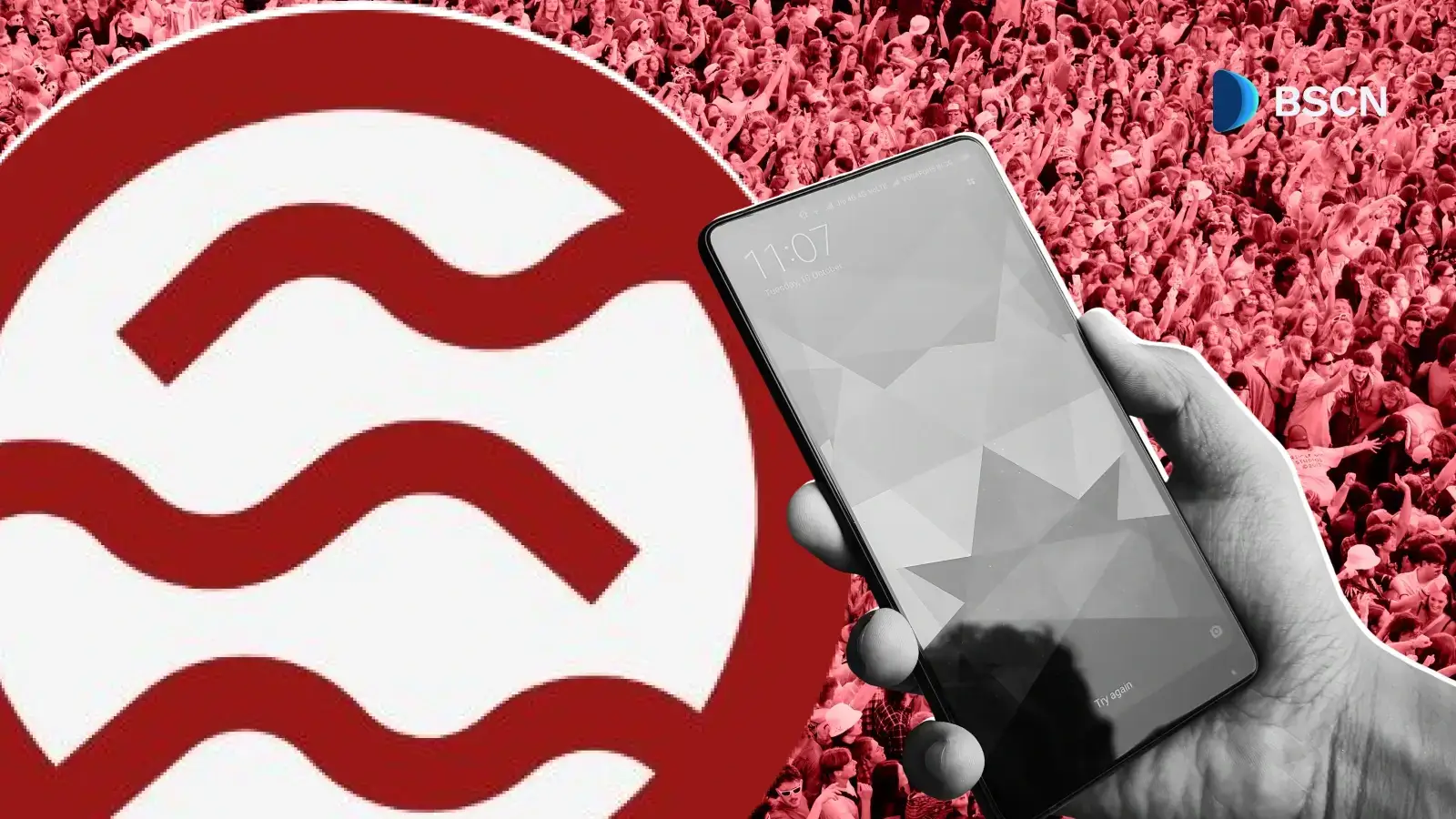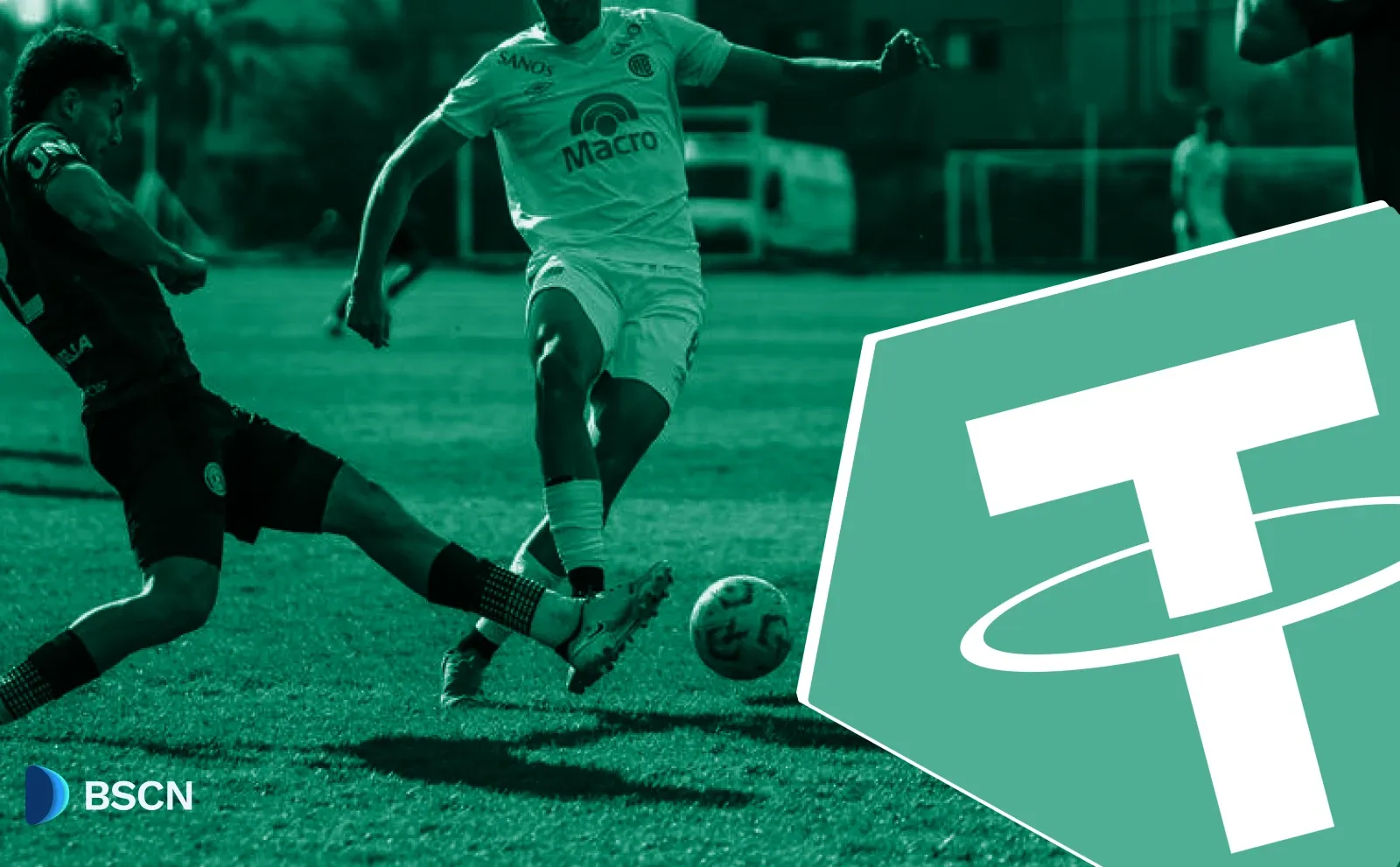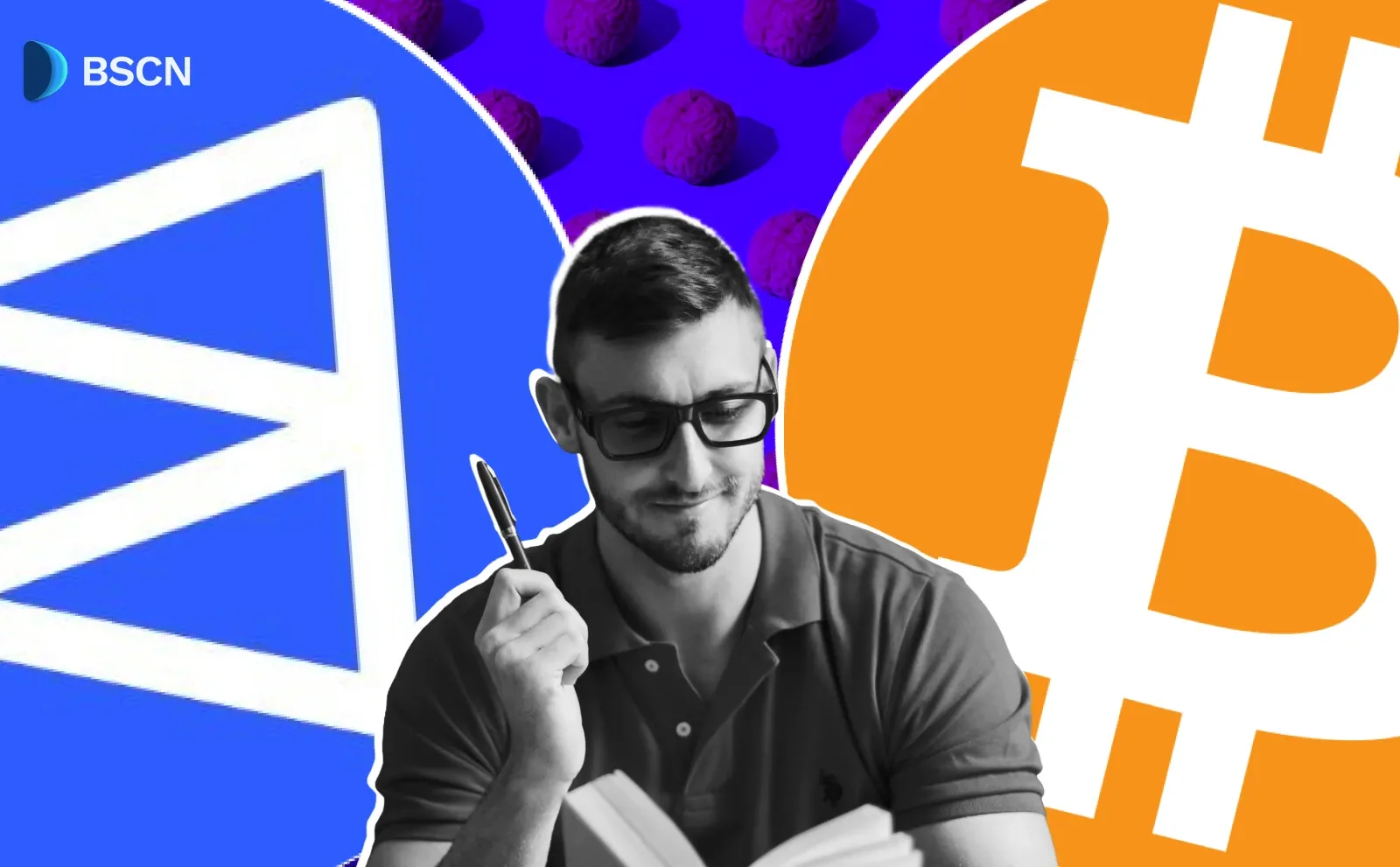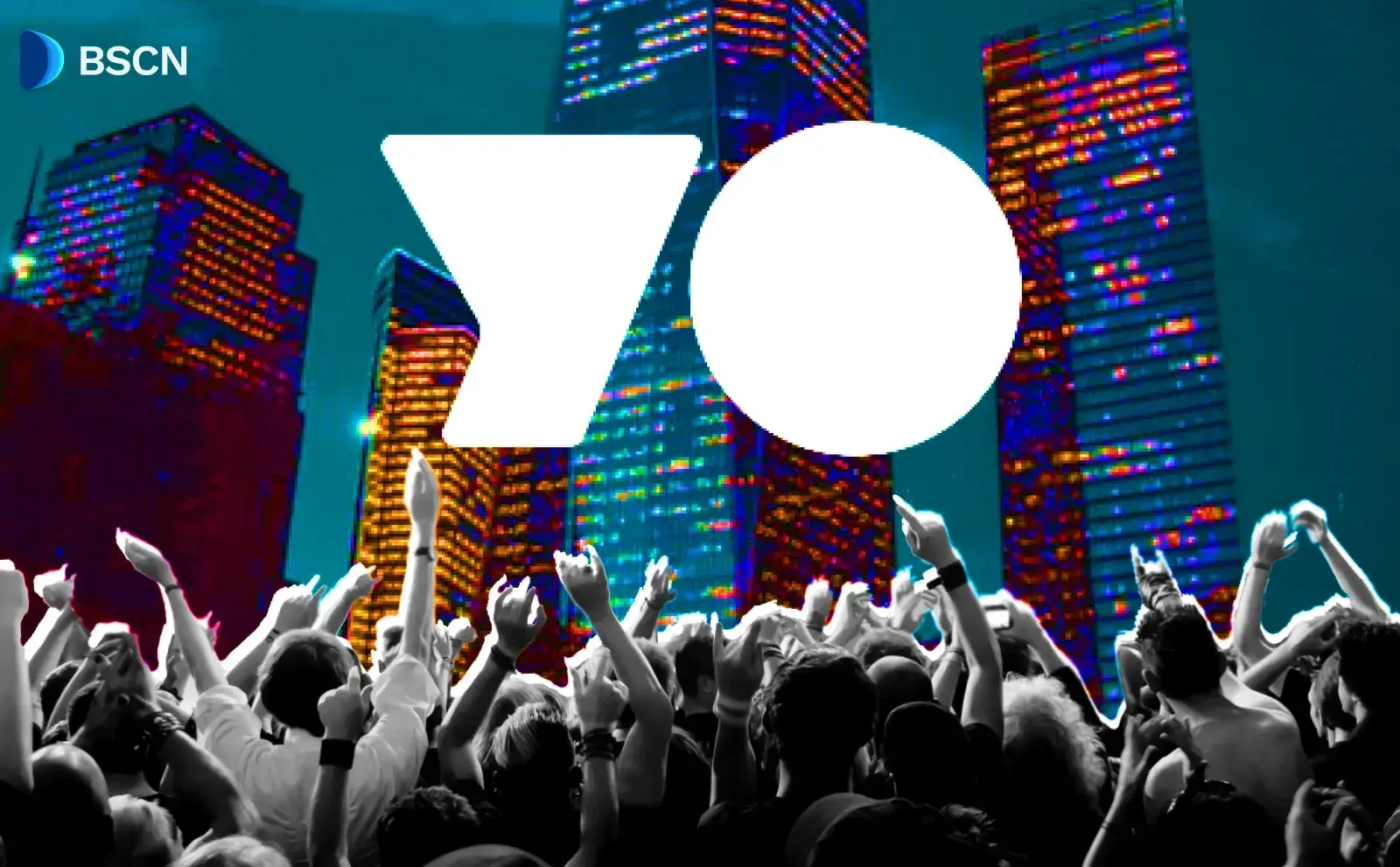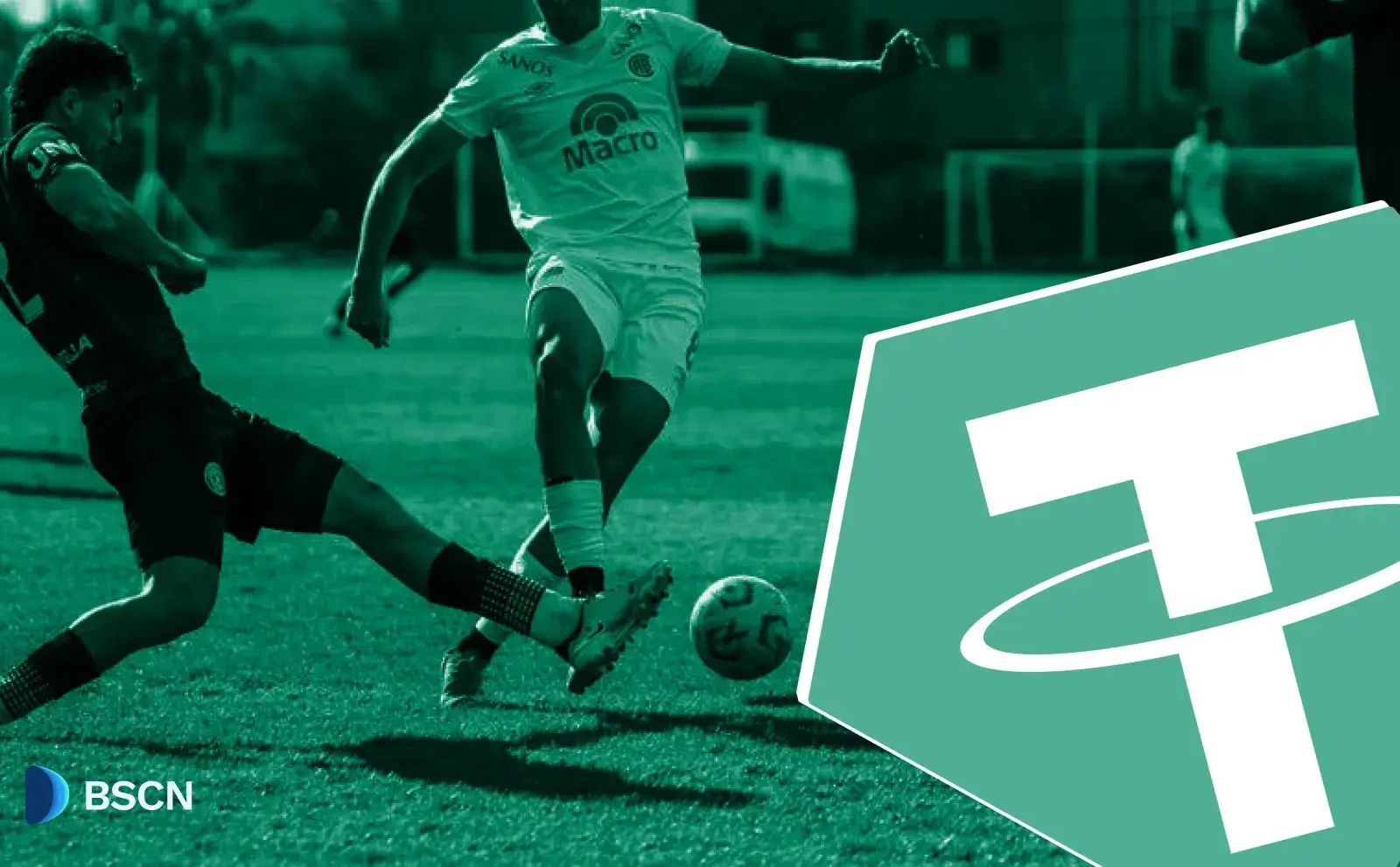Deepdive
(Advertisement)
Initia (INIT) Blockchain Deepdive: Building the Interwoven Economy

Initia combines Layer 1 orchestration with customizable Layer 2 rollups to create a unified blockchain experience with a 50M INIT token airdrop. Learn how this modular network addresses multi-chain fragmentation through its Interwoven Economy.
Crypto Rich
April 9, 2025
(Advertisement)
Table of Contents
The blockchain landscape has become increasingly complex, with hundreds of networks operating independently and creating a fragmented ecosystem where users and developers must navigate multiple systems with different rules, tools, and economics. This growing complexity has led to decision fatigue, limited interoperability, and siloed liquidity that ultimately hinders broader blockchain adoption.
Initia offers a solution to this fragmentation through its unified blockchain architecture that combines a foundational Layer 1 blockchain with specialized Layer 2 infrastructure, creating what it calls the "Interwoven Economy." This design doesn't just connect different blockchain environments—it fundamentally reimagines how they can work together while maintaining the benefits of specialized applications.
After over 18 months of development by Initia Labs, the platform is making its technology available through public testing phases. Its architecture makes specific choices about core infrastructure components—like data availability and interoperability—so developers can focus on building applications rather than making technical decisions.
Drawing inspiration from successful technology ecosystems like Apple, which integrate hardware and software to create seamless user experiences, Initia aims to eliminate the fragmentation that currently characterizes the blockchain landscape. By owning the complete technology stack, from Layer 1 orchestration to application-specific Minitias, users can navigate multiple applications with consistent tools and interfaces, while developers receive pre-built solutions for complex infrastructure challenges.
Initia's Technical Structure
Initia's architecture doesn't simply layer one blockchain on top of another—it creates an interwoven fabric where different specialized environments can maintain their unique features while benefiting from shared infrastructure and economics.
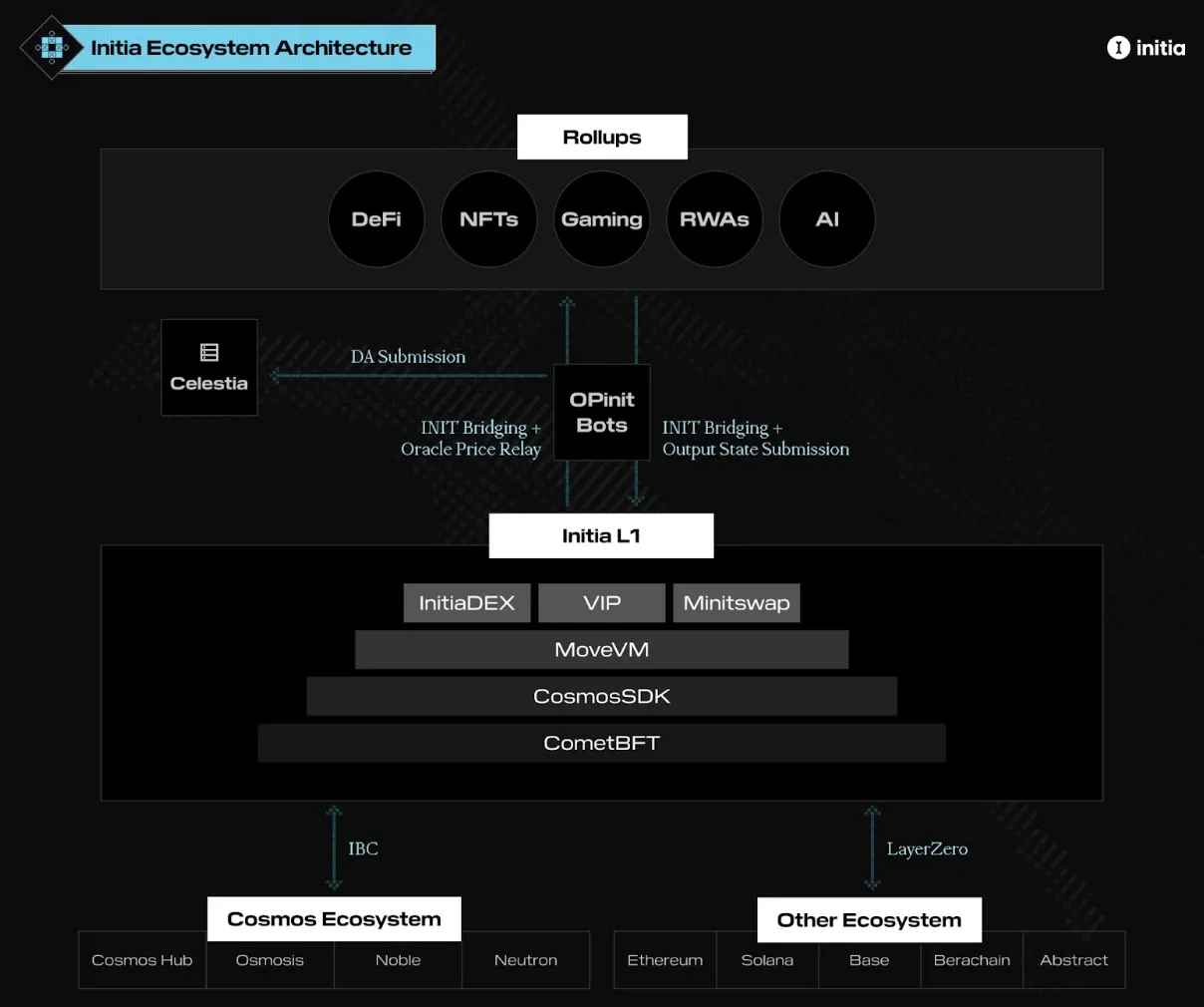
Layer 1: The Orchestration Layer
At its foundation, Initia's Layer 1 blockchain serves as an orchestration layer for the entire ecosystem. Built using the Cosmos SDK, this layer coordinates:
- Security mechanisms across the network
- Liquidity routing between applications
- Cross-chain communication protocols
- Economic alignment between different parts of the system
The L1 layer doesn't attempt to handle all transactions directly. Instead, it creates a common framework that connects specialized environments, similar to how operating systems connect different applications on a computer. The orchestration layer maintains consensus not just on transaction data, but on how the entire ecosystem functions together.
Layer 2: Minitias for Specialized Applications
Initia's Layer 2 solutions, called "Minitias," are application-specific rollups that operate within the broader network. Each Minitia can use different virtual machines based on its needs:
- MoveVM for applications requiring strong security features
- EVM (Ethereum Virtual Machine) for compatibility with existing Ethereum applications
- WasmVM for versatile smart contract capabilities
Several Minitias have already emerged during testing phases, including:
- Blackwing: A trading-focused rollup with limitless leverage pools.
- Tucana: A DeFi hub unifying modular trading
- Lunch: A gamified consumer app rollup
Each maintains its own community while benefiting from the shared infrastructure of the main Initia network. Unlike isolated Layer 2 solutions on other networks, Minitias don't just increase transaction capacity—they create distinct environments optimized for specific use cases while remaining connected to a unified economic system.
OPinit: VM-Agnostic Optimistic Rollups
A key technical innovation in Initia is the OPinit Stack—a framework for creating optimistic rollups that work with any virtual machine. This is the first such framework built within the Cosmos SDK ecosystem.
OPinit creates lightweight, scalable rollups that use Celestia's Data Availability layer for security. The system includes fraud proofs and rollback capabilities to ensure transactions remain valid, even at scale. By making these complex technical components accessible through a standardized framework, Initia lowers the barrier to entry for developers who want to create specialized blockchain environments without sacrificing security or interoperability.
Unique Economic Features
Enshrined Liquidity and Unified Economics
Initia introduces an "Enshrined Liquidity" system that allows users to stake INIT tokens (the network's native cryptocurrency) while simultaneously providing liquidity to various applications. This innovative mechanism goes beyond traditional staking models by allowing the same assets to serve multiple purposes within the ecosystem—creating deeper liquidity pools, providing additional yield opportunities, and aligning economic incentives across different parts of the network.
For example, Initia has partnered with Ethena Labs to offer staking rewards through an sUSDe-INIT pair. The arrangement provides users with multiple revenue streams: INIT staking rewards, sUSDe yield, swap fees, and boosted Ethena rewards.
Unlike many blockchain ecosystems where different applications compete for resources and users, the design creates economic alignment between end users navigating the ecosystem, developers building applications, Layer 2 application chains (Minitias), and the Layer 1 orchestration layer. The unified approach reduces friction between different parts of the network and creates incentives for cooperation rather than competition. By solving the economic misalignment common in other blockchain systems, Initia enables a more cohesive multi-chain environment where all participants benefit from the ecosystem's growth.
Developer and User Experience Improvements
Where Initia truly stands out is in its approach to simplifying blockchain complexity without sacrificing technical capabilities. The platform makes opinionated decisions about underlying infrastructure so that developers and users can focus on their specific needs rather than wrestling with technical complexity.
Advanced Development Tools
Initia provides several tools to simplify development and interaction with the network:
- InitiaScan: A multi-chain explorer that provides visibility across the entire ecosystem, eliminating the need to switch between different block explorers
- Initia App: A centralized platform for interacting with different applications in the ecosystem, creating a unified entry point for users
- Initia Usernames: An on-chain identity system that works across all Minitias, allowing consistent identity without managing multiple addresses
- Initia Wallet: A dedicated wallet optimized for the Initia ecosystem with built-in support for cross-chain interactions
The platform also supports native account abstraction and gasless transactions, making applications more user-friendly by hiding complex blockchain operations from end users. These features allow developers to create more intuitive experiences that focus on application functionality rather than blockchain mechanics.
Multiple Virtual Machine Support
Developers can choose from several programming environments:
- CosmWasm for Cosmos-compatible smart contracts
- Move for secure financial applications
- EVM for compatibility with Ethereum tools
This flexibility allows teams to use the best tools for specific applications while remaining connected to the broader ecosystem. Rather than forcing developers to learn new programming languages or adapt to unfamiliar environments, Initia meets them where they are by supporting multiple virtual machines within a unified framework.
Testing and Community Engagement
A blockchain network is only as strong as its community, and Initia has prioritized engaging with users through a structured testing program that combines technical validation with gamified elements to encourage participation.
The Incentivized Public Testnet
Initia's public testing phase, called "The Initiation," launched as an 8-week program on the initiation-1 testnet. This structured approach allows users to explore different Minitias in the ecosystem, provide feedback on features and usability, and engage with gamified elements that make the testing process more engaging and accessible.
Participants can collect NFT cards and merge them to summon "The Forbidden One"—a nod to the popular Yu-Gi-Oh! trading card game—creating an engaging quest element within the testing environment. Users can also nurture on-chain pets like "Jennie" that evolve as they interact with the platform, adding a Tamagotchi-like experience to the technical testing process. These gamified elements transform what could be a dry technical exercise into an engaging journey that attracts both experienced blockchain users and newcomers.
Growing Ecosystem of Applications
The Initia ecosystem already includes integration with several applications that showcase how different use cases can coexist within a unified framework:
- Echelon Market: For NFT and digital asset trading
- Milky Way Zone: A space-themed application environment
- Inertia.fi: For decentralized finance operations
- RAVE Trade: For asset exchange services
These applications demonstrate how different use cases can be built within the Interwoven Economy while maintaining connectivity across the ecosystem. Unlike siloed applications on separate blockchains, these services benefit from shared liquidity, unified identity systems, and seamless cross-application interactions that enhance the user experience.
Strategic Partnerships
Initia isn't developing in isolation—it's building strategic partnerships with established projects to create a rich ecosystem that offers real utility and benefits to users. These partnerships extend beyond simple integrations to create synergistic relationships that enhance both Initia and its partners.
Ethena Labs Integration
On April 7, 2025, Initia announced a collaboration with Ethena Labs that brings the stablecoin sUSDe into the ecosystem. This partnership creates a staking pair (sUSDe-INIT) that provides multiple benefits:
- Regular INIT staking rewards
- Yield from sUSDe holdings
- Fees from liquidity provision
- Additional rewards from Ethena
This arrangement demonstrates how Initia's economic design can create synergies with other blockchain projects, creating multi-layered value propositions for users that wouldn't be possible in more isolated ecosystems.
Ether.fi Collaboration
Announced on April 3, 2025, Initia's integration with Ether.fi brings weETH (a yield-bearing ETH token) into the ecosystem. The token is being made available across multiple applications in the Interwoven Economy, enhancing DeFi capabilities throughout the network. The integration shows how Initia can bring established financial tools from other blockchain systems into its own ecosystem, creating a more versatile and user-friendly experience.
Token Distribution and Airdrop
As Initia approaches its mainnet launch, the project has announced details of its initial token distribution strategy. The INIT token will serve as the network's native cryptocurrency, powering staking, governance, and the Enshrined Liquidity mechanism.
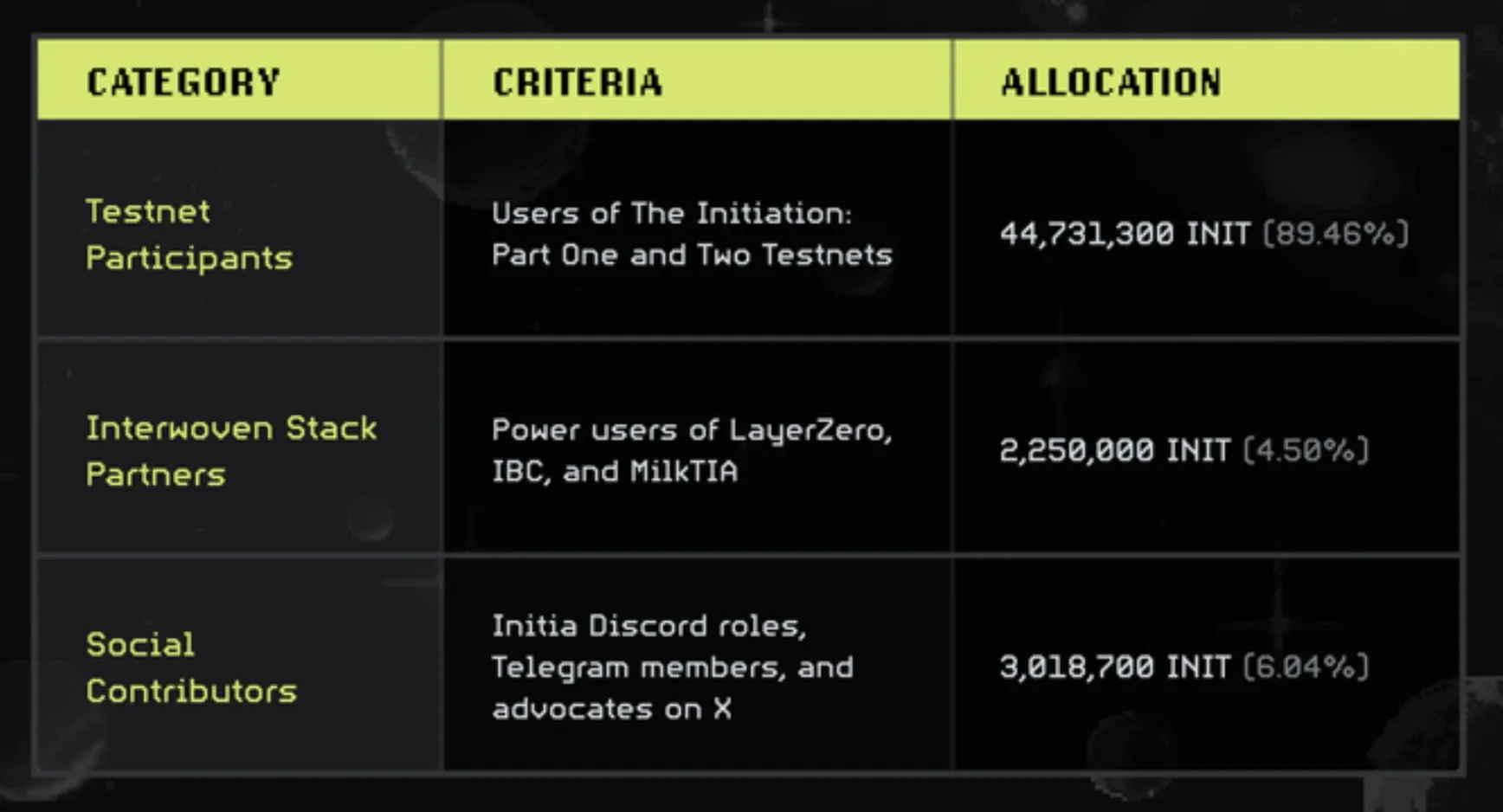
Initia’s INIT Airdrop
Initia's initial airdrop will distribute 50,000,000 INIT tokens, representing 5% of the total network supply. These tokens are being allocated to early supporters across three main categories:
- Testnet Participants (89.46%): The largest portion—44,731,300 INIT tokens—is allocated to users who actively participated in Initia's public testnets. Eligibility required reaching specific achievements, such as nurturing the on-chain pet "Jennie" to at least level 3 and collecting multiple stickers during the testing phases.
- Interwoven Stack Partners (4.50%): 2,250,000 INIT tokens are being distributed to users of Initia's core infrastructure partners: LayerZero, IBC, and Celestia. This includes top users from these ecosystems based on transaction counts and participation.
- Social Contributors (6.04%): 3,018,700 INIT tokens are allocated to community members who made meaningful contributions through Discord, Telegram, and Twitter/X platforms.
The airdrop eligibility can be checked at airdrop.initia.xyz, with allocations becoming claimable for 30 days following Initia's public mainnet launch. This distribution approach reflects Initia's focus on rewarding genuine engagement rather than speculative activities.
Long-Term Token Strategy
Beyond the initial airdrop, Initia has allocated 25% of the total network supply to the "Vested Interest Program"—a long-term incentive mechanism designed to reward sustainable activity within the Interwoven Economy. This approach aims to align incentives between early supporters and the long-term health of the network.
Operating Within the Initia Network
While Initia makes blockchain interactions more accessible, operating core infrastructure within the network still requires technical expertise and resources. This balance between simplicity for end users and robust requirements for infrastructure providers helps ensure the network remains secure and performant.
Node Operation Requirements
Running an Initia node—whether as a validator, RPC provider, or relayer—requires significant computing resources:
- Substantial processing power
- Adequate storage capacity
- Reliable network bandwidth
Node operators are responsible for maintaining their infrastructure and implementing appropriate security measures. The Initia documentation provides detailed specifications and clear guidelines for organizations and individuals who want to contribute to the network's operation.
Open Source Development
During the Public Testnet phase, Initia made its documentation and code publicly accessible. This open-source approach encourages community participation and allows external developers to contribute to the ecosystem's growth. By embracing open development principles, Initia creates an environment where the best ideas can come from anywhere, not just the core team.
A New Approach to Blockchain Modularity
The blockchain industry has been moving toward modular designs, where different networks handle specialized functions like execution, settlement, and data availability. Initia builds on this trend but adds a crucial element: unified economic incentives and user experiences across the entire stack.
This unified design offers potential benefits for:
- Users: Who can navigate multiple applications with consistent tools and interfaces, reducing the learning curve and friction that currently characterizes blockchain interactions
- Developers: Who receive pre-built solutions for complex infrastructure challenges, allowing them to focus on application logic rather than underlying technical components
- Projects: Which can focus on their specific use cases while remaining connected to a broader ecosystem that provides liquidity, users, and economic alignment
By combining the flexibility of modular blockchains with the coherence of a single ecosystem, Initia attempts to solve fundamental challenges in blockchain scaling and specialization. Its Interwoven Economy model demonstrates how blockchain networks might evolve beyond their current fragmented state toward more integrated, user-friendly systems.
As Initia prepares for its mainnet launch, the blockchain community watches closely. Will this interwoven model redefine modularity? The early results from their testnet suggest promising potential, but the true test will come with widespread adoption. Join Initia's testnet or follow their journey on X to witness the evolution of this vision for uniting full-stack applications through shared infrastructure and aligned economics—a vision that could reshape how we think about blockchain ecosystems in the years to come.
Read Next...
Disclaimer
Disclaimer: The views expressed in this article do not necessarily represent the views of BSCN. The information provided in this article is for educational and entertainment purposes only and should not be construed as investment advice, or advice of any kind. BSCN assumes no responsibility for any investment decisions made based on the information provided in this article. If you believe that the article should be amended, please reach out to the BSCN team by emailing [email protected].
Author
 Crypto Rich
Crypto RichRich has been researching cryptocurrency and blockchain technology for eight years and has served as a senior analyst at BSCN since its founding in 2020. He focuses on fundamental analysis of early-stage crypto projects and tokens and has published in-depth research reports on over 200 emerging protocols. Rich also writes about broader technology and scientific trends and maintains active involvement in the crypto community through X/Twitter Spaces, and leading industry events.
(Advertisement)
Latest News
(Advertisement)
Crypto Project & Token Reviews
Project & Token Reviews
Comprehensive reviews of crypto's most interesting projects and assets
Learn about the hottest projects & tokens
Latest Crypto News
Get up to date with the latest crypto news stories and events

